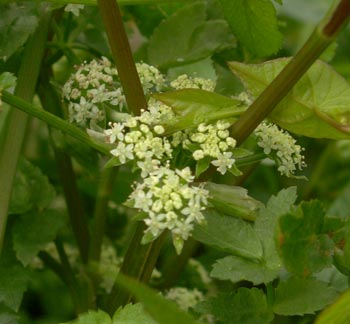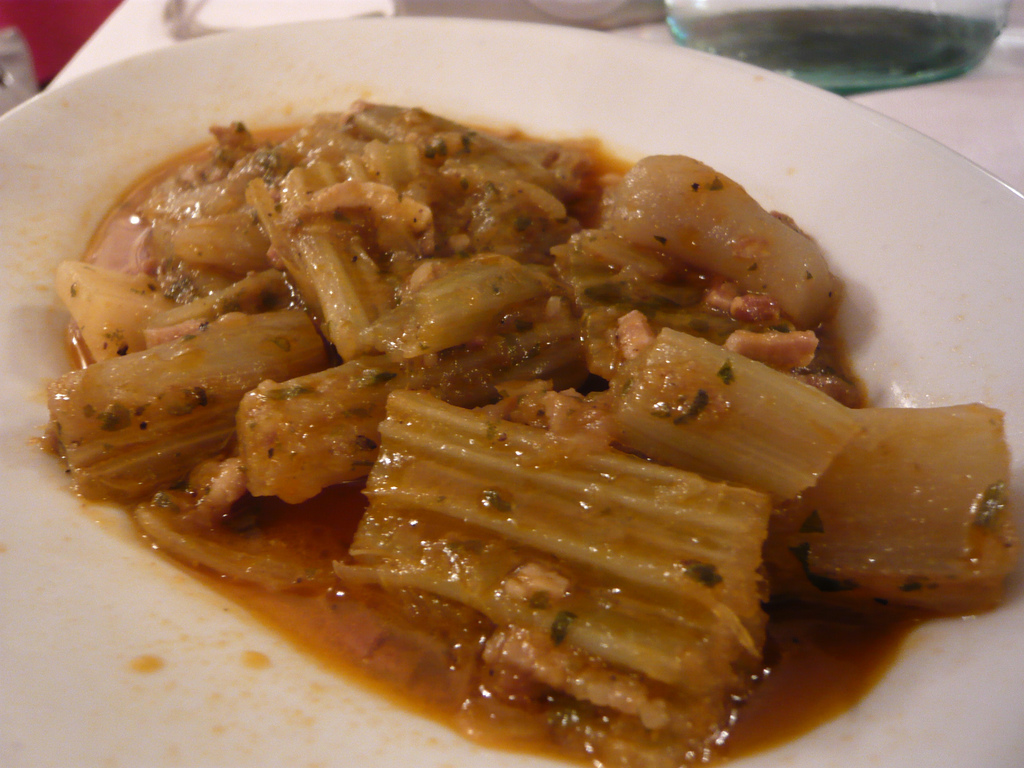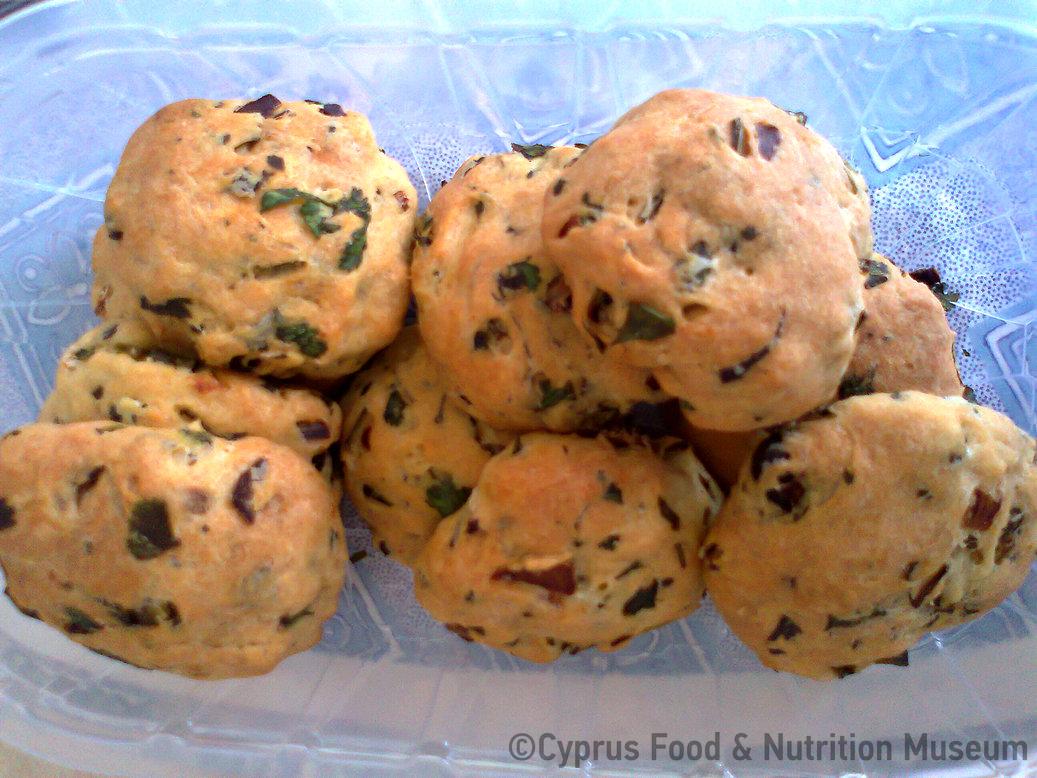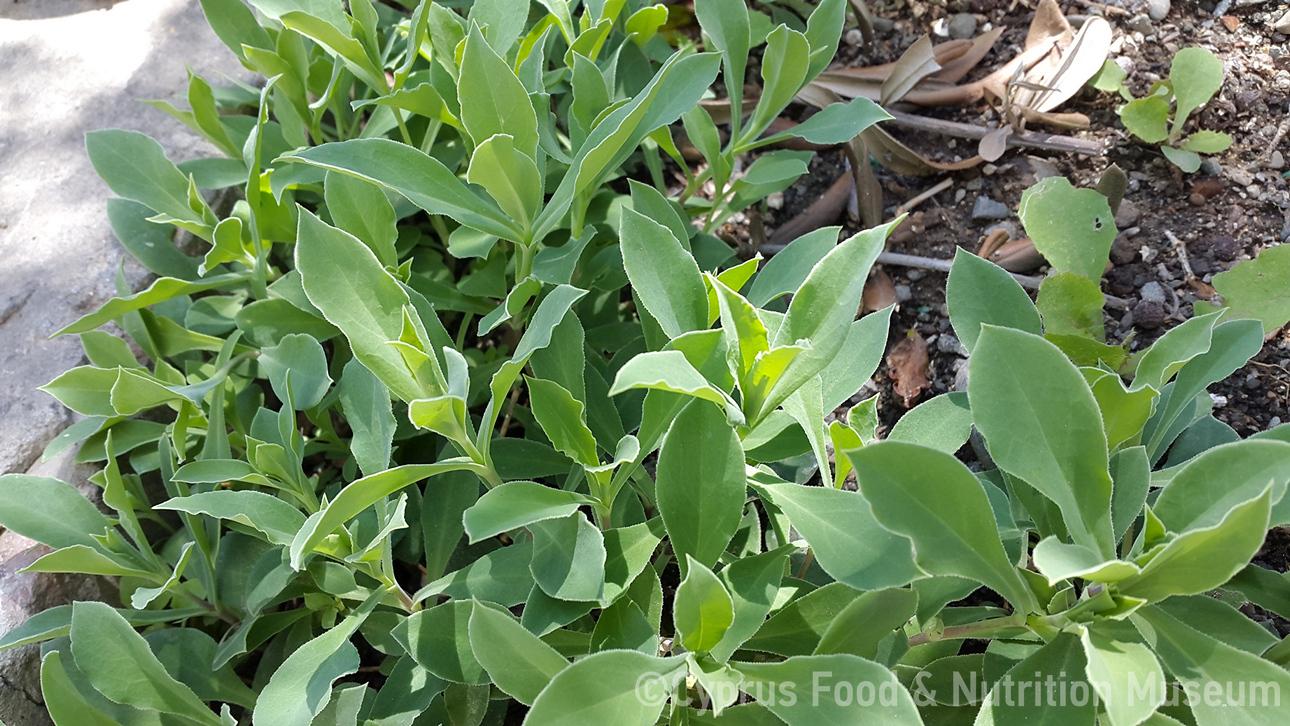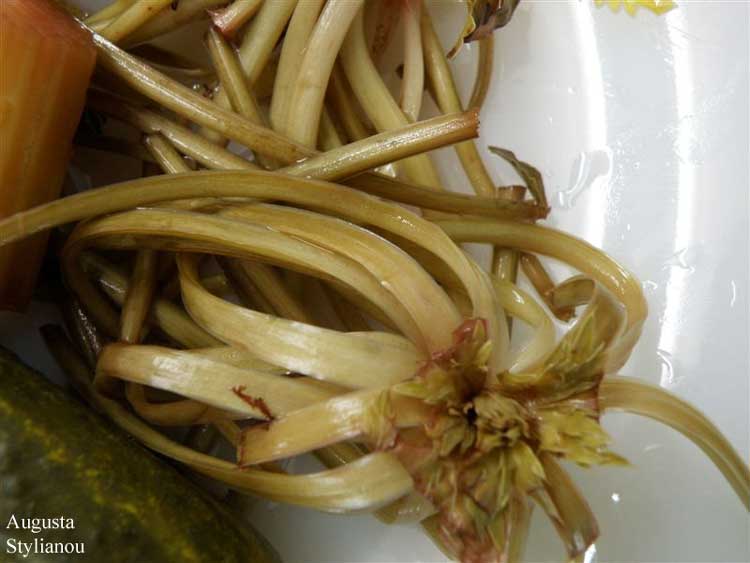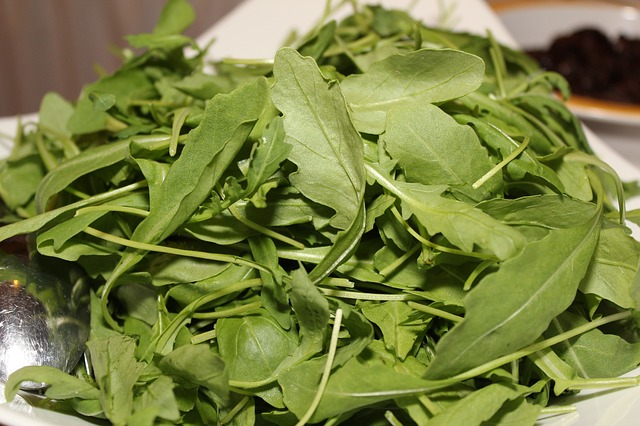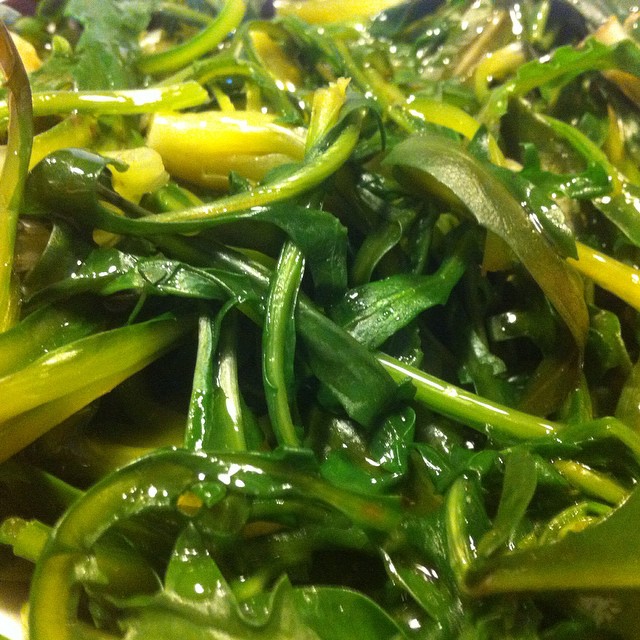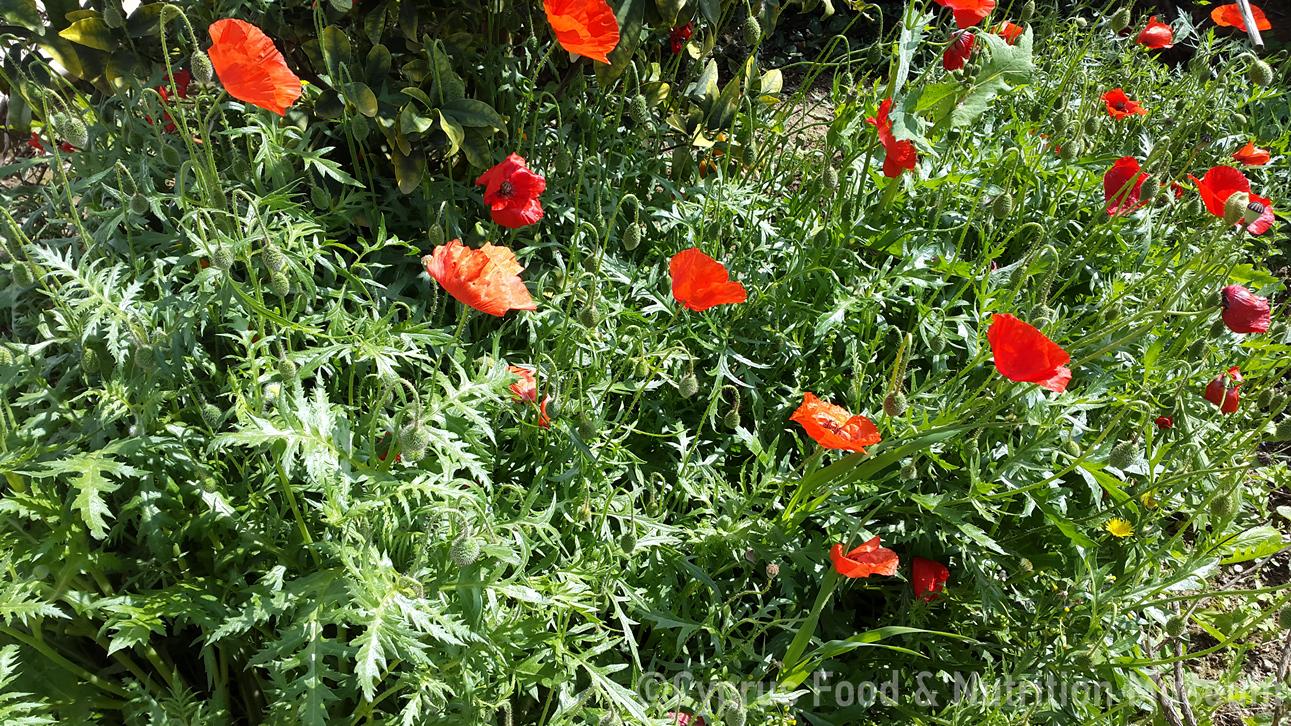Name - Origin
Indigenous greens, the young foliage of which is eaten as a cooked vegetable in Cyprus.
Scientific name: Eryngium creticum and Eryngium maritimum Common name: sea hollies s. Pággalos pl. Pággali.
Pággali are cut with a pocket knife, washed thoroughly and soaked in vinegar so as to be consumed with a bit of olive oil. (Petasi 1992, 261). They are also boiled and eaten as a salad with olive oil and lemon juice, or cooked in tomato sauce. The root can be candied and eaten as a sweet.
Functional and symbolic role
Ideal for consumption during fasting periods.
Pharmaceutical and therapeutic properties: contains essential oil, a few tanning agents, triterpenes etc. It is diuretic and used for kidney stones and sand in the kidneys, it facilitates urination. It enhances the functioning of the kidneys, the liver and the bile. Its root is used as a poultice to treat the bite of a viper, (Kantzilaris, 2007).
It is a traditional green, usually eaten on Clean Monday as an appetiser.
Additional information and bibliography
Kantzilaris G. (2007), Το Καϊμακλί μέσα από το πέρασμα του χρόνου, publication of the new coop of kaimakli, Nicosia.
Petasis G. (1992) Η κωμόπολη της Κυθρέας: ιστορική, αρχαιολογική, πολιτιστική και λαογραφική επισκόπηση, Stelios Livadiotis Printing House, Nicosia.
Eleni Christou
